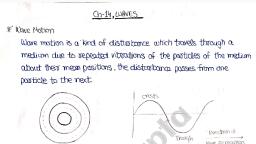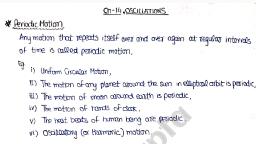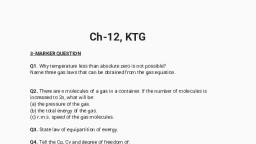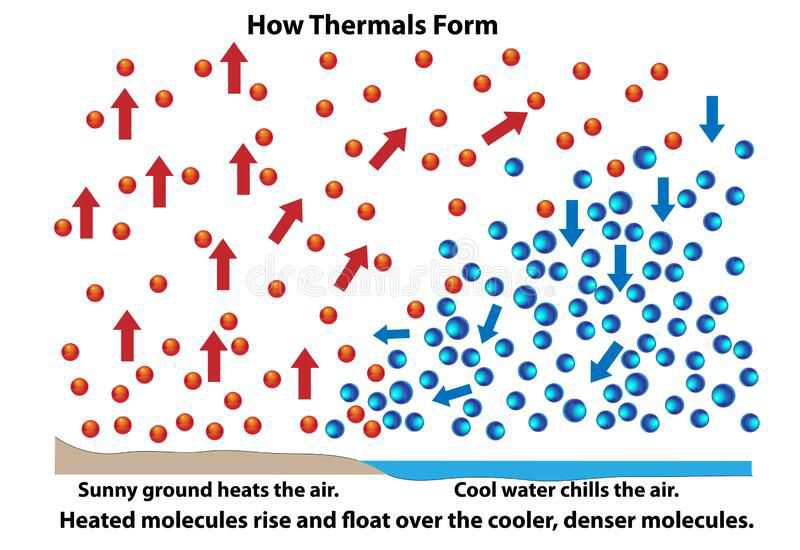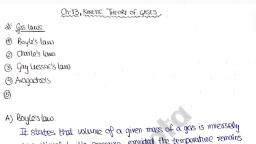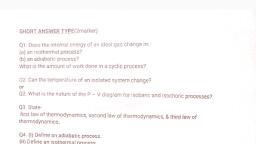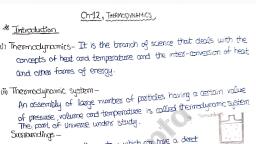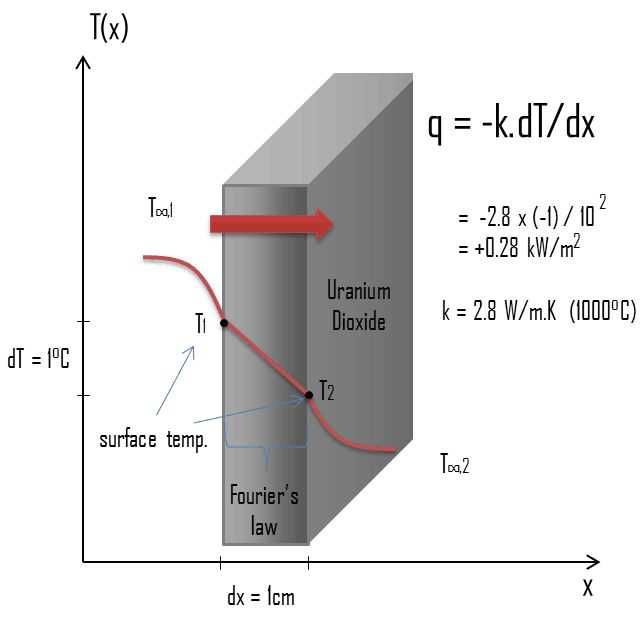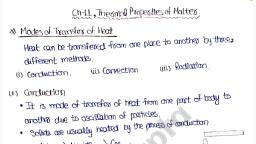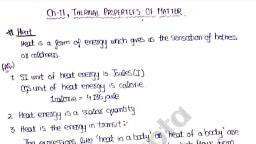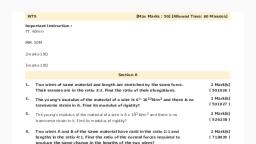Question 1 :
A brass wire of diameter $1 mm$ and of length $2 m$ is stretched by applying a force of $20 N$. If the increase in length is $0.51 mm$. Then the Young's modulus of the wire is <br>
Question 2 :
Two wires of the same material and length but diameter in the ratio $1:2$ are stretched by the same force. The elastic potential energy per unit volume for the two wires when stretched by the same force will be in the ratio:
Question 3 :
A hydraulic press contains 250 litres of oil. Find the decrease in volume of the oil when its pressure increase to $10^7 Pa$. The bulk modulus of the oil is $K=5 \times 10^9 Pa$.
Question 4 :
There are two wires of same material and same length while the diameter of second wire is two times the diameter of first wire, then the ratio of extension produced in the wires by applying same load will be
Question 5 :
Two wires A and B are of the same materials. Their lengths are in the ratio $1:2$ and the diameters are in the ratio $2:1$, When stretched by force $F_A$ and $F_B$ respectively they get equal increase in their lengths. Then the ratio $\dfrac{F_A}{F_B}$ should be:
Question 6 :
Take, bulk modulus of water $B = 2100\ MPa$.<br/>What increase in pressure is required to decrease the volume of $200\ litres$ of water by $0.004$ percent?
Question 7 :
The length of a wire increases by $8mm$ when a weight of $5kg$ is suspended from it. If other things remain the same but the radius of the wire is doubled, what will be the increase in its length?
Question 8 :
The shear modulus for a metal is 50000 MPa. Suppose that a shear force of 200 N is applied to the upper surface of a cube of this metal that is 3.0 cm on each edge. How far will the top surface be displaced?
Question 9 :
The increase in energy of a metal bar of length 'L' and cross-sectional area 'A' when compressed with a load 'M' along its length is<br>(Y = Young's modulus of the material of metal bar)<br>
Question 10 :
A copper wire and a steel wire of the same length and same cross section are joined end to end to form a composite wire. The composite wire is hung from a rigid support and a load is suspended from the other end. If the increase in length of the composite wire is $2.4\ mm$, then the increase in lengths of steel and copper wires are:$(Y_{cu} = \, 10 \times \, 10^{10} \, N/m^2, \, Y_{steel} = \, 2 \times \, 10^{11} \, N /m^2)$  
Question 11 :
The energy needed in breaking a drop of radius $R$ into $n$ drops of radius $r$ is
Question 12 :
Two soap bubbles of different radii are in contact with each other. Then_____<br/>
Question 13 :
When a solid ball of volume $V$ is dropped into a viscous liquid, then a viscous force $F$ acts on it. If another ball of volume $2V$ of the same material is dropped in the same liquid then the viscous force experienced by it will be<br>
Question 14 :
A liquid drop of diameter D breaks up into 27 drops. Find the resultant change in energy.
Question 15 :
The surface tension of soap solution is 0.03 N/m. The amount of work done in forming a bubble of radius 5 cm is :
Question 16 :
A uniform solid ball of density $d$ and of radius $r$ is moving vertically downward inside a viscous liquid $(density = \dfrac{d}{6}$ & coefficient of viscosity$ = \eta )$ with an acceleration of $g/2$ at an instant. Speed of the ball at this instant is <br/>
Question 17 :
A water drop is divided into $8$ equal droplets. The pressure difference between the inner and outer side of the big drop will be<br/>
Question 18 :
The work done in increasing the size of a soap film from $10\ cm \times 6\ cm$ to $10\ cm \times 11\ cm$ is $3 \times 10^{-4}J$. The surface tension of the film is:
Question 19 :
If soap bubbles of different radii are in communication with each other
Question 20 :
The surface tension of a liquid is $5 N/m$. If a film of this liquid is held on a ring of area $0.02  {m}^{2} $, its surface energy is about :


